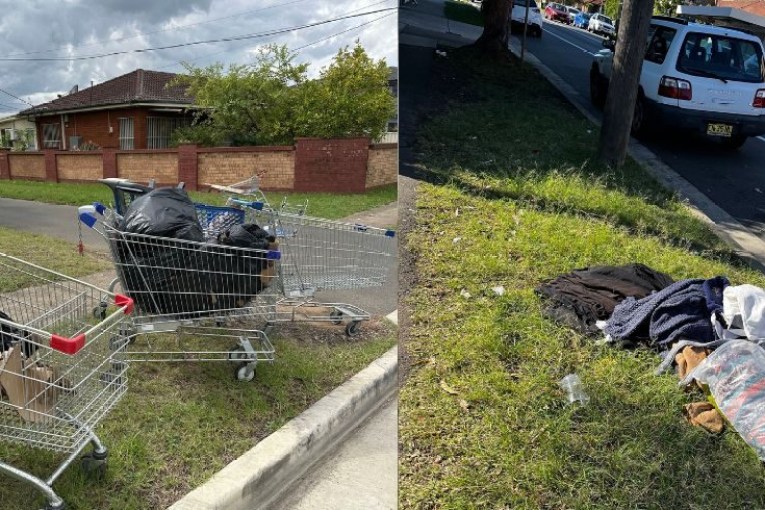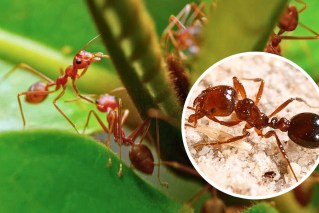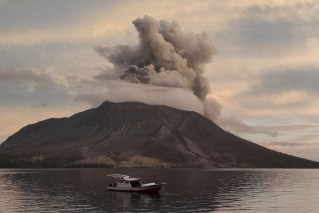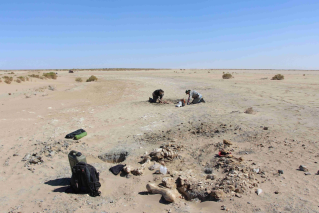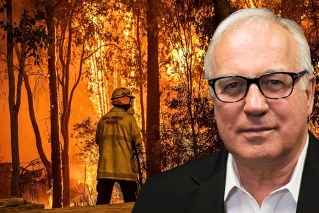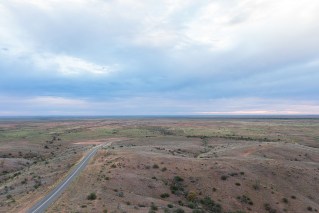Bushfires prompt translocation plan for near-extinct western ground parrot in WA
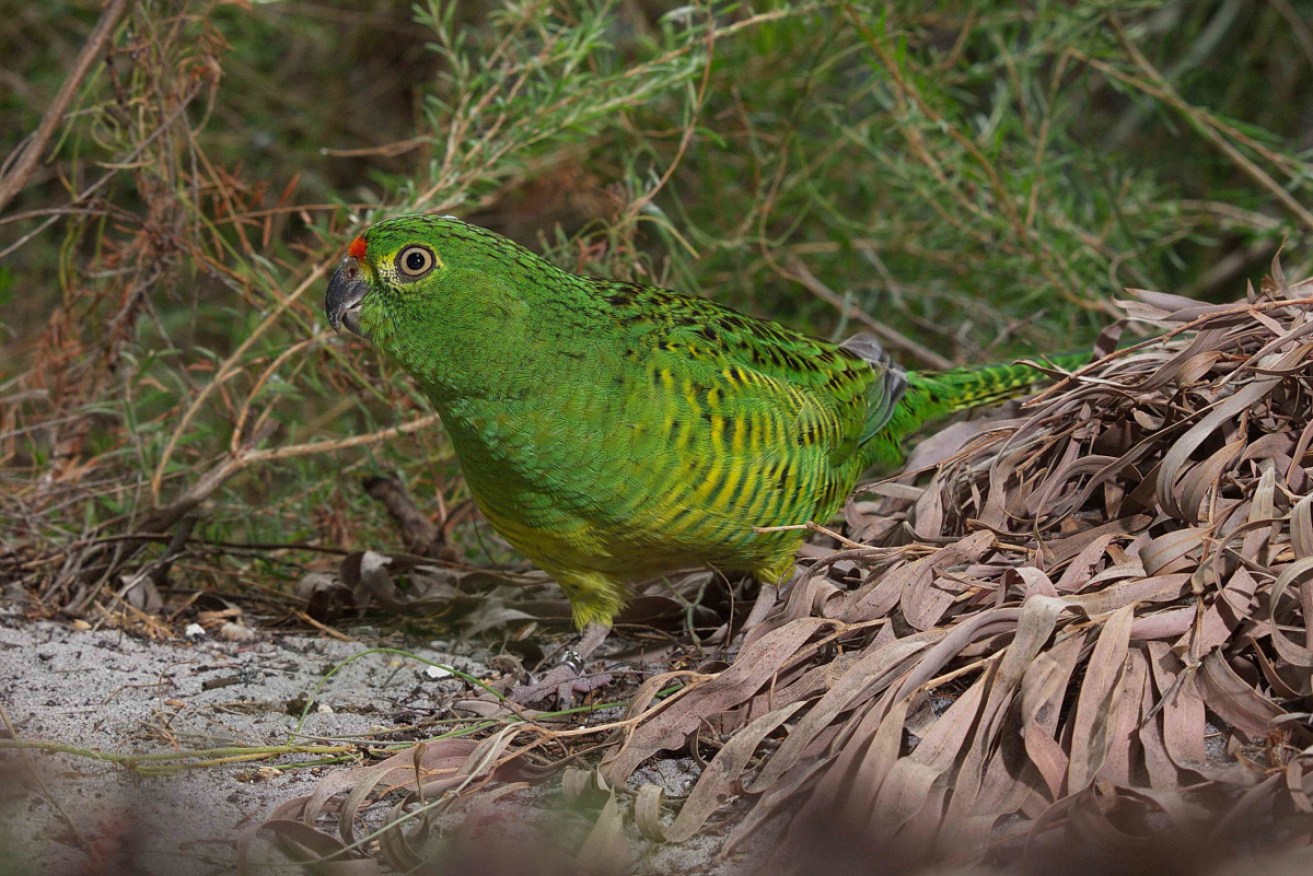
Endangered: A western ground parrot at the Perth zoo. Photo: AAP
Translocation is the long-term strategy to save the last wild population of one of the world’s rarest parrots, which lost most of its known habitat in Western Australia’s south to a series of devastating bushfires.
Less than 150 western ground parrots are estimated to have survived last year’s inferno in Cape Arid National Park and adjacent Nuytsland Nature Reserve.
It was the fourth major blaze in the area since 2015 and slashed the bird’s unburnt habitat by about 90 per cent.
The parrot was the highest-ranked bird species in a provisional list of 113 animals considered the top priorities for urgent intervention, and WA’s Department of Biodiversity Conservation and Attractions launched a major monitoring and management effort in January.
"Listed as critically endangered, it is estimated there are less than 150 western ground parrots left. Over the past four years 80 per cent of the bird's last remaining habitat has been destroyed by successive bushfires." https://t.co/RtbMS3cG8C
— Extinction Symbol (@extinctsymbol) January 29, 2020
It installed dozens of acoustic recording units in the remote area to capture the parrots’ call, allowing experts to assess population numbers, which can ultimately contribute to a long-term translocation strategy.
The recordings are stored on data cards, which fill up after several months, and a helicopter is the most efficient way to retrieve them.
Paul Wettin of Friends of the Western Ground Parrot says much-needed cash from WIRES Landcare Australia Wildlife Relief and Recovery Grants will fund that work over coming months when several flights are planned.
“Currently some 7500 hours of recordings need to be analysed by DBCA staff,” Mr Wettin said.
We are very grateful to @WIRES_NSW and @LandcareAust for supporting the work to save the #westerngroundparrot with a grant in the aftermath of last summer's bushfires. #SavingKyloring https://t.co/1ErcdOHiJj
— Friends of the Western Ground Parrot (@FriendsWGP) July 13, 2020
He said translocation needed to be considered given the vulnerability of the remaining birds to more fires and other threats such as feral cats, providing an “insurance” population.
“If done, it needs to be in a secure, sustainable location and consider the impacts on the source population,” Mr Wettin said.
